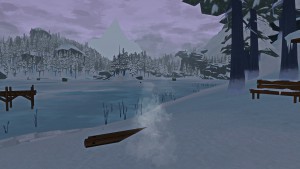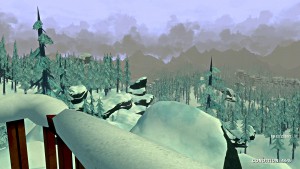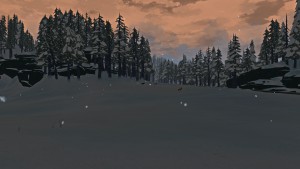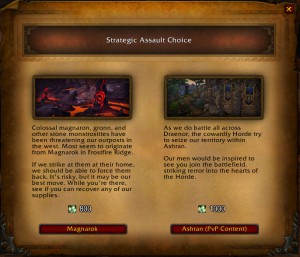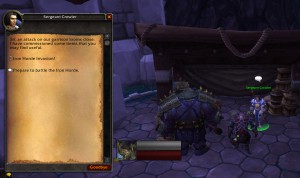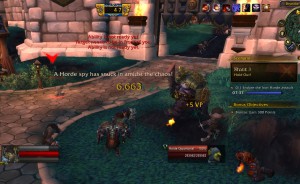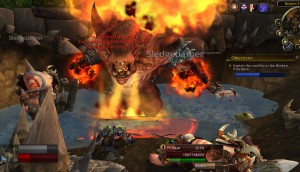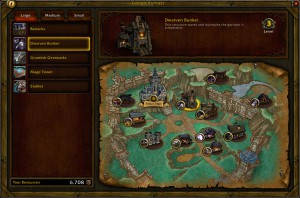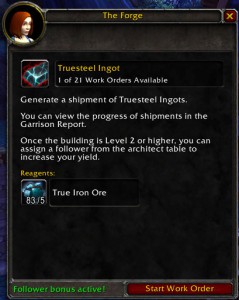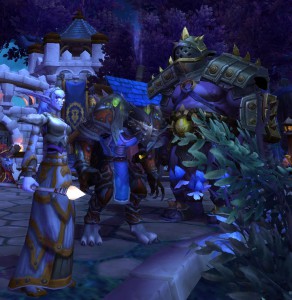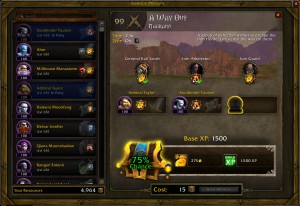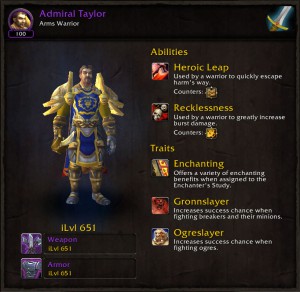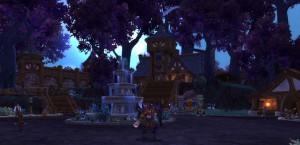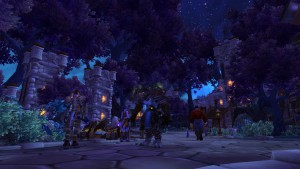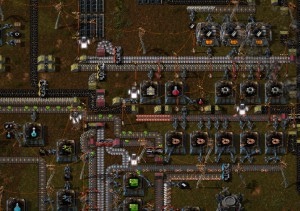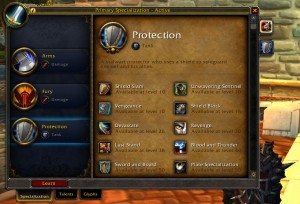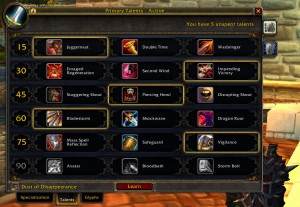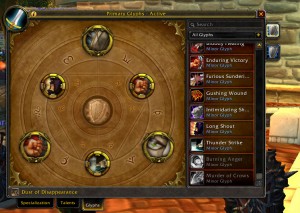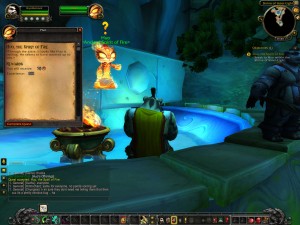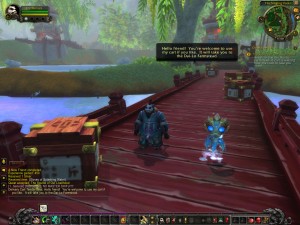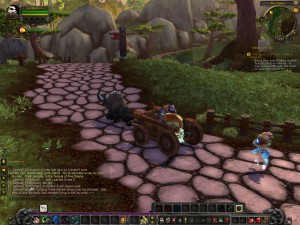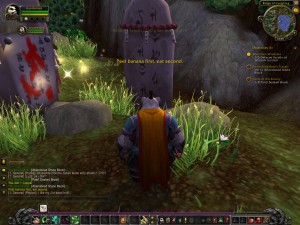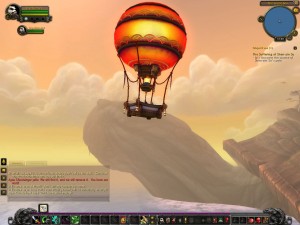Enjoying the Nature
During my ongoing literature review I often discover interesting facts about things I’ve never thought about. Sometimes I can connect these facts with my own observations: The result is mostly a completely new idea why things are as they are. Maybe these ideas are new to you, too. Therefore I’ll share my new science based knowledge with you!
This week: This time, I think about the similar demands for exploring a virtual and a real forest.
Exploring the nature is one of my favorite hobbies. I like to hike through forests and to reach the peaks of mountains and hills in order to find amazing vantage points. Over time, I have developed a certain situational awareness and visual attention which help me to spot interesting features others might not notice.
The desire to explore the nature has also drawn my attention to „The Long Dark“, a survival computer game that takes place in the Canadian wilderness during the winter. During the gameplay, the players can explore vast regions by walking through forests, climbing on top of mountains and crossing frozen lakes. However, apart from enjoying and exploring the winter landscape, the players also have to survive in this harsh environment. The players are required to find some food, to sleep and to protect their virtual bodies from the freezing temperatures. These survival mechanisms are the core elements of the game and challenge the players to pay attention while they are exploring the environment. This is especially necessary during the first days of the gameplay as the players are only wearing thin clothes and are not prepared to stay outdoors in the freezing temperatures. Discovering a shelter in time can make the difference between dying and surviving.
As I was playing the game for the very first time, I was impressed how realistic it felt to walk through the virtual forests. The graphics of the game are a bit abstract, but I had all the time the impression to be out in the nature while I was seeking a shelter to survive the first night. This impression was mostly caused by the colors, the lighting and the sounds of the game. These three elements are also the most noticeable things while being out in the nature. For example, while walking through a forest, most of the trees are just „trees“ and we are not really paying attention to their shape. However, the bright colors of a clearing are easy to spot, hence they draw our attention.
As I explored the virtual nature, I also noticed that I moved through this terrain the same way as I do when I hike through the real nature: I analyzed the environment for unnatural anomalies to spot interesting things. My trained situational awareness helped me to successfully play the game, as I was able to transfer some of knowledge from the real world to the game world because the exploration of the virtual nature has similar demands to the exploration of the real nature. This leads to the hypothesis, that the game can be used to train the situational awareness of players who are not used to walk through the nature and have difficulties to spot interesting features in the environment. If this hypothesis is true, then the game can be used in order to help the players to develop a situational awareness which helps them to recognize more interesting features while walking through the nature.
